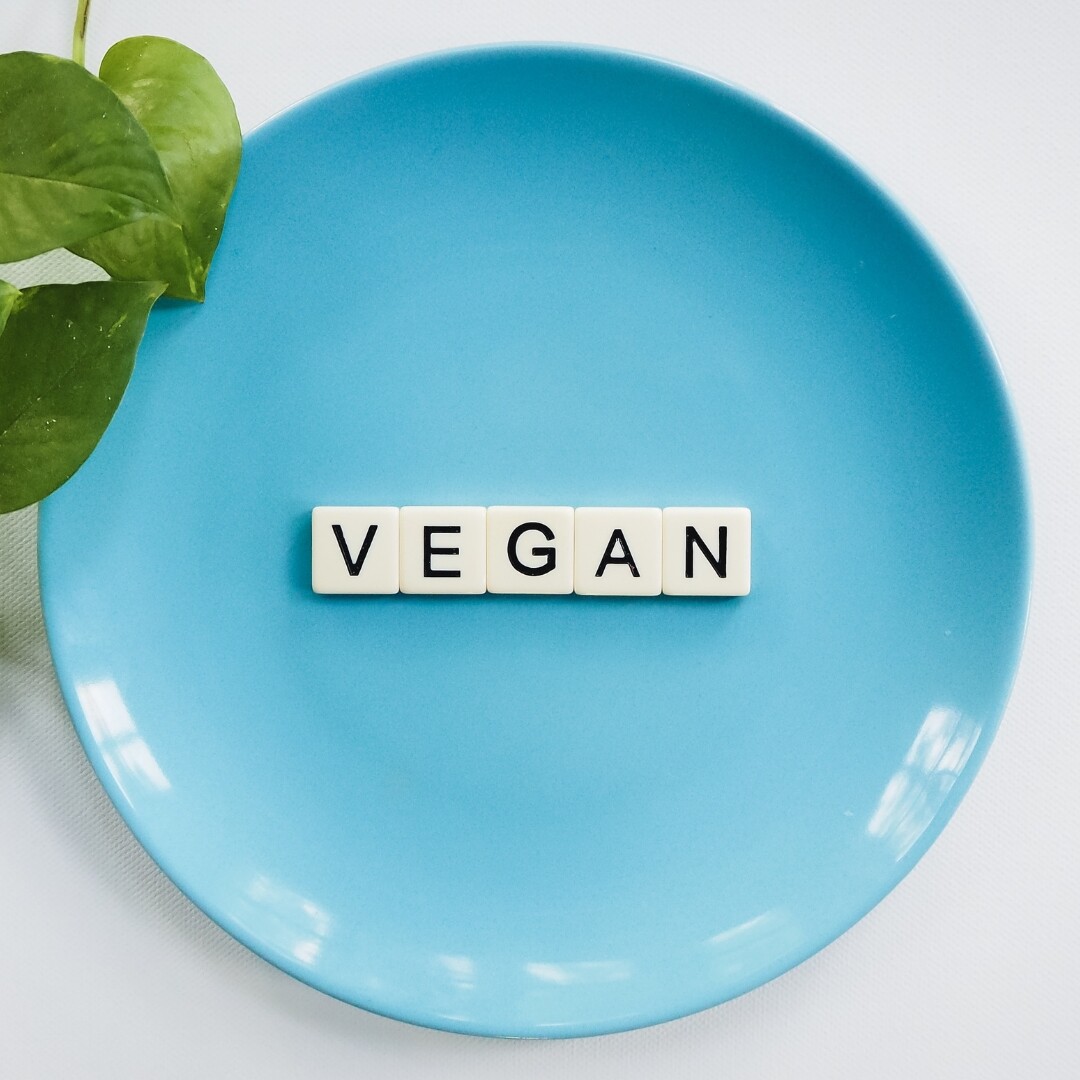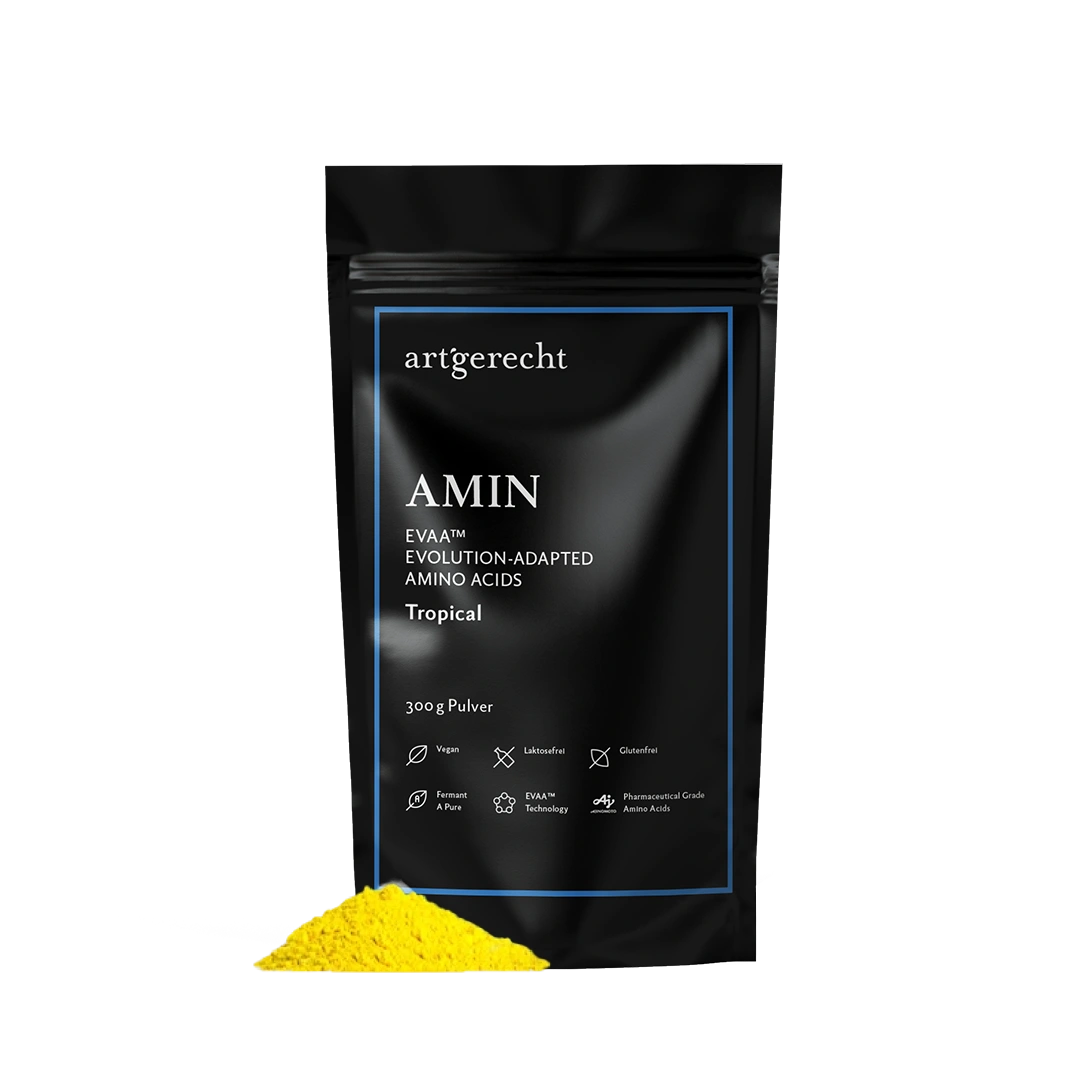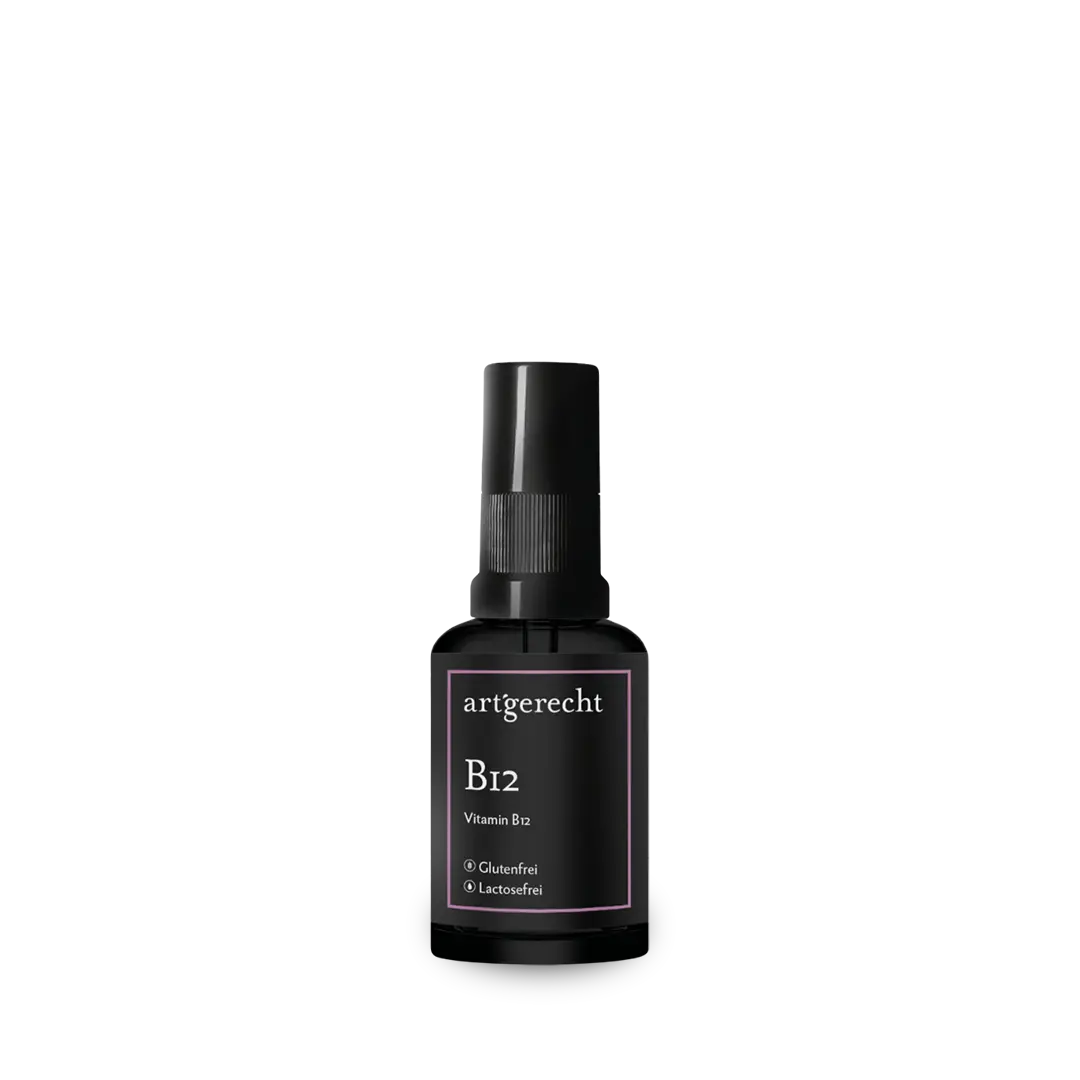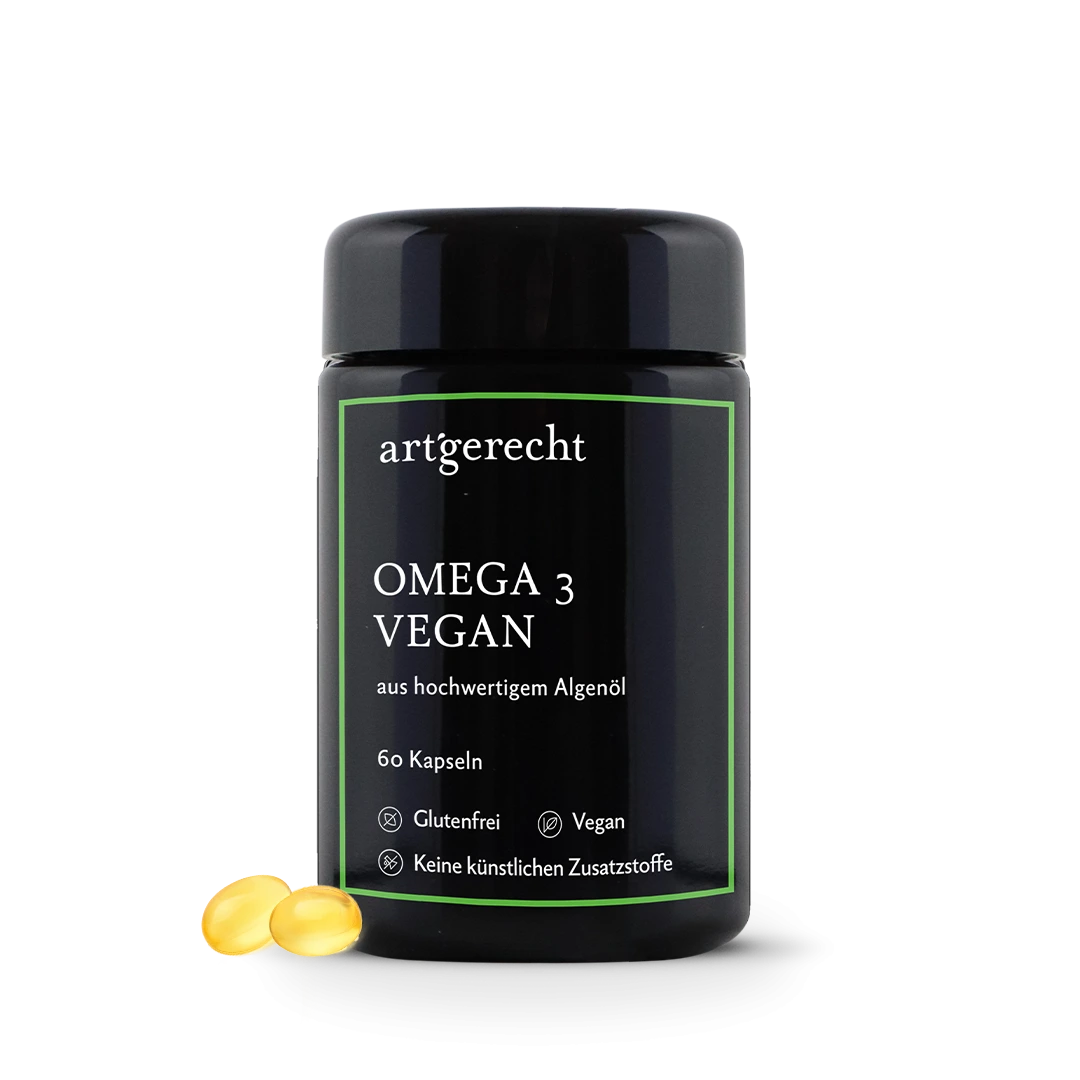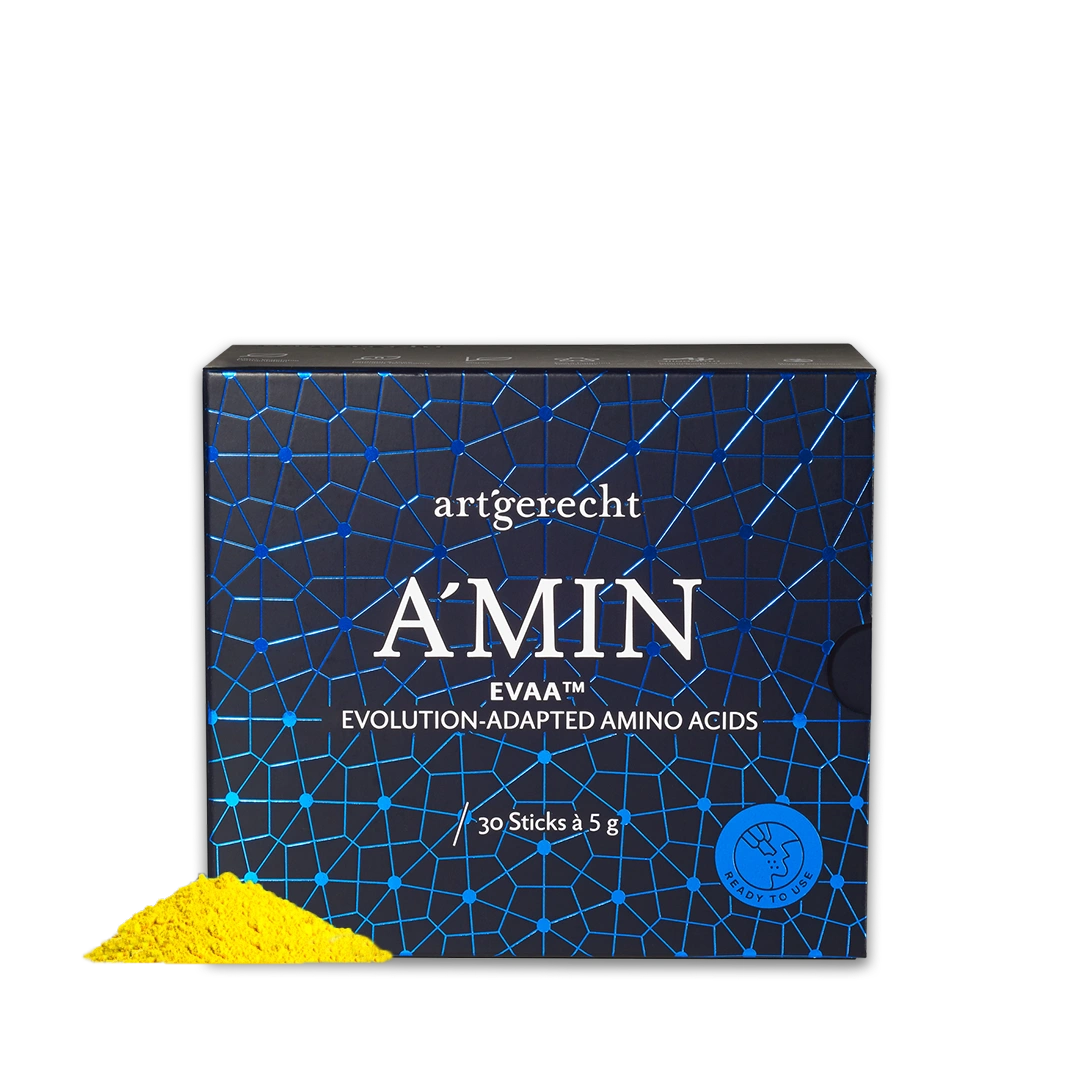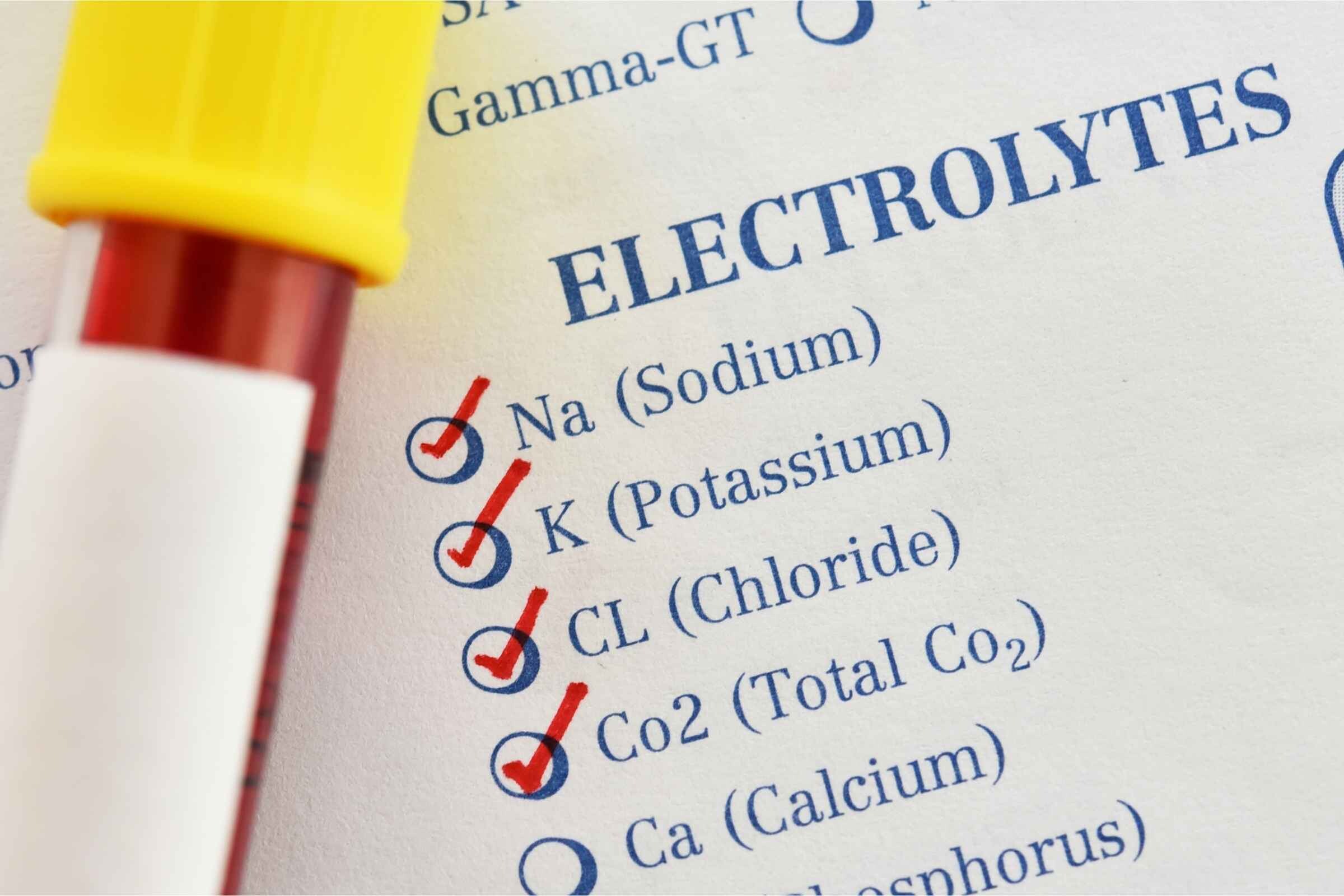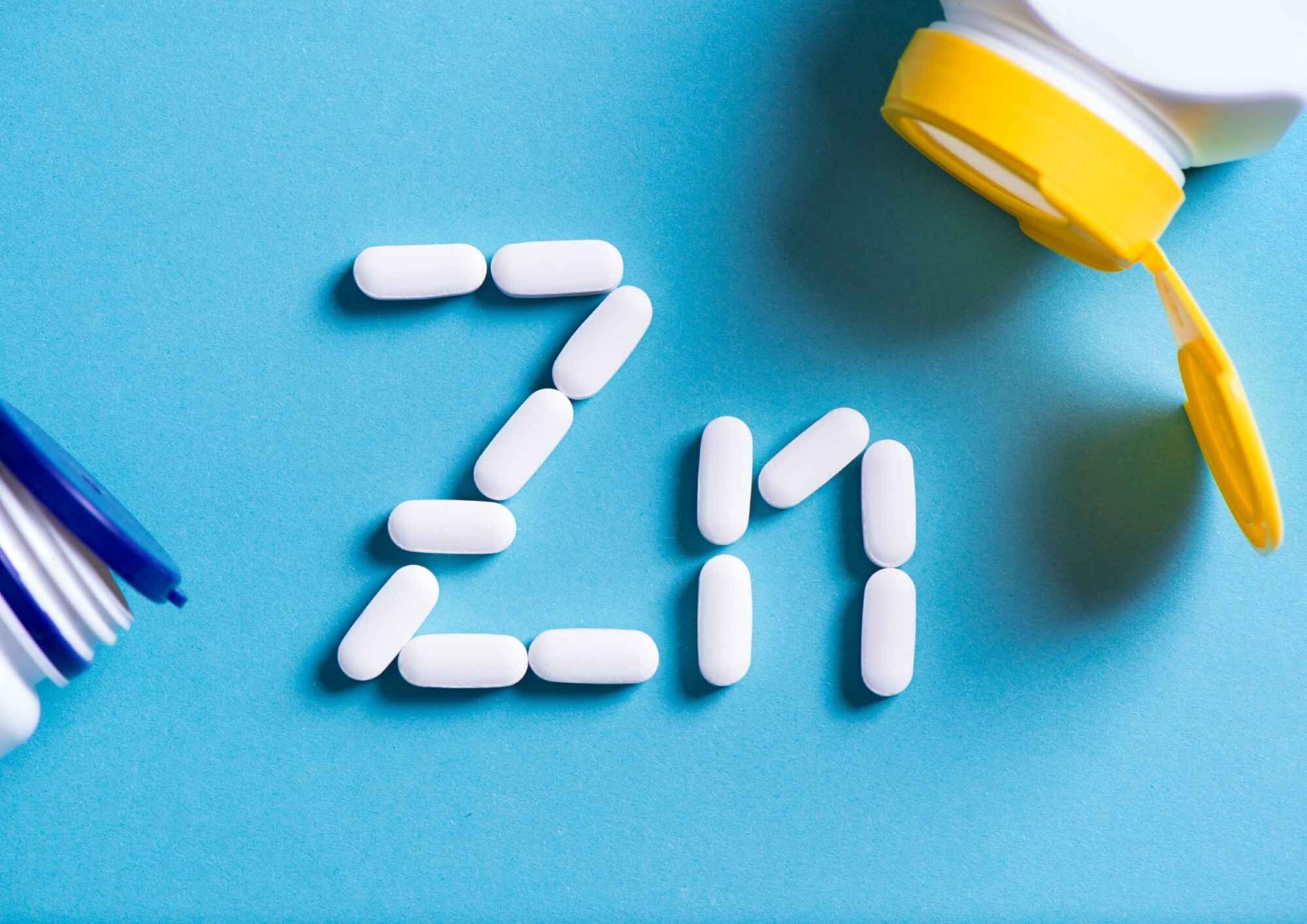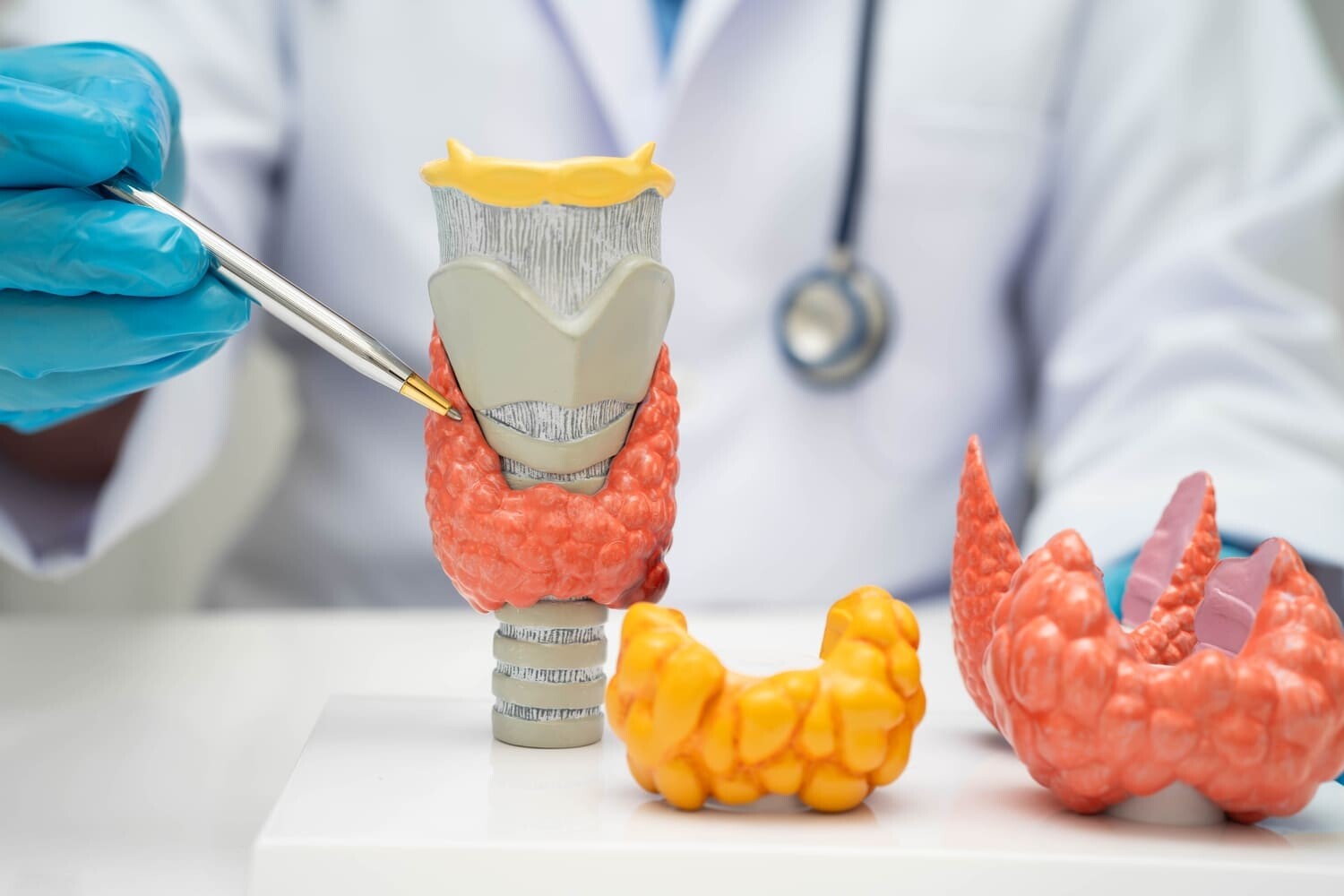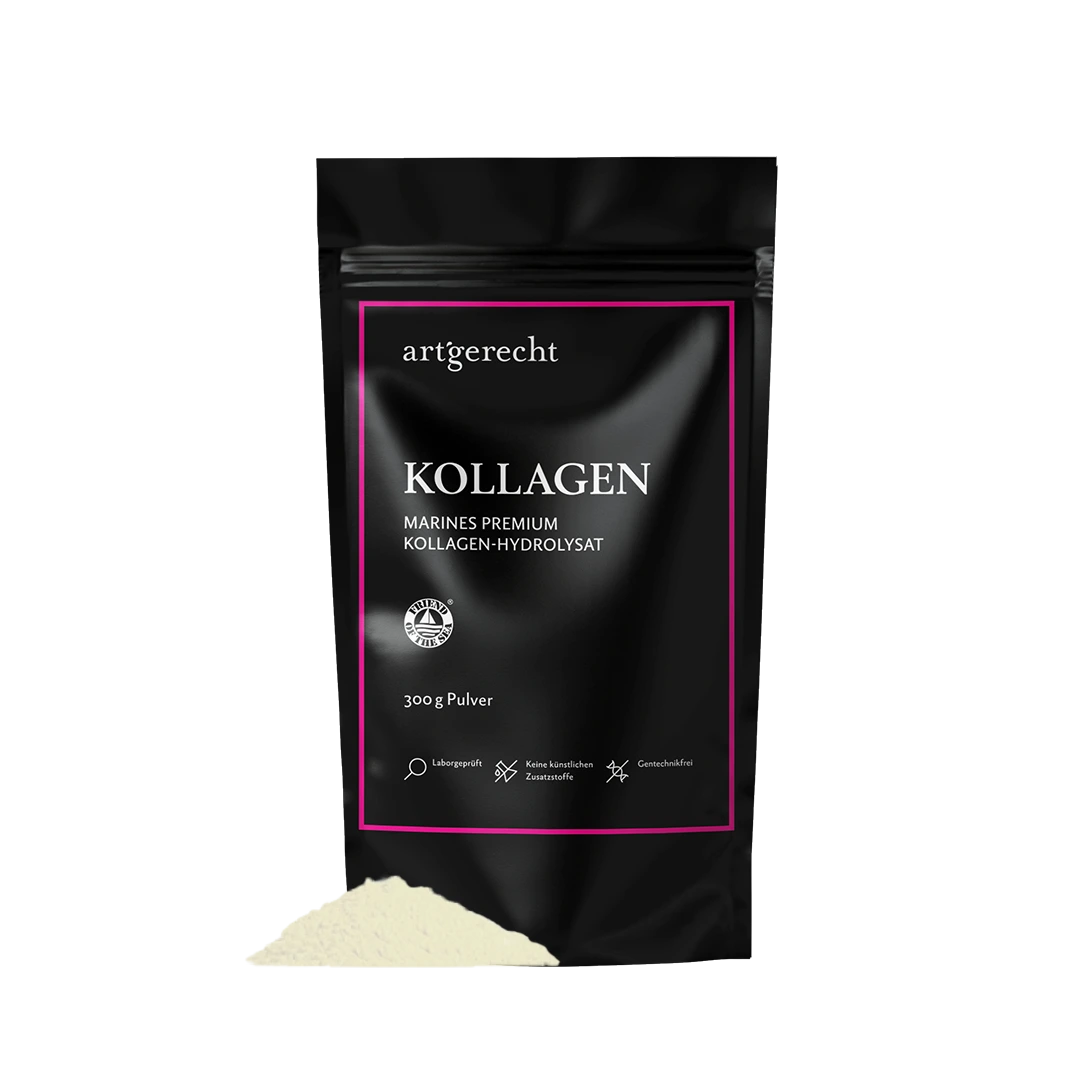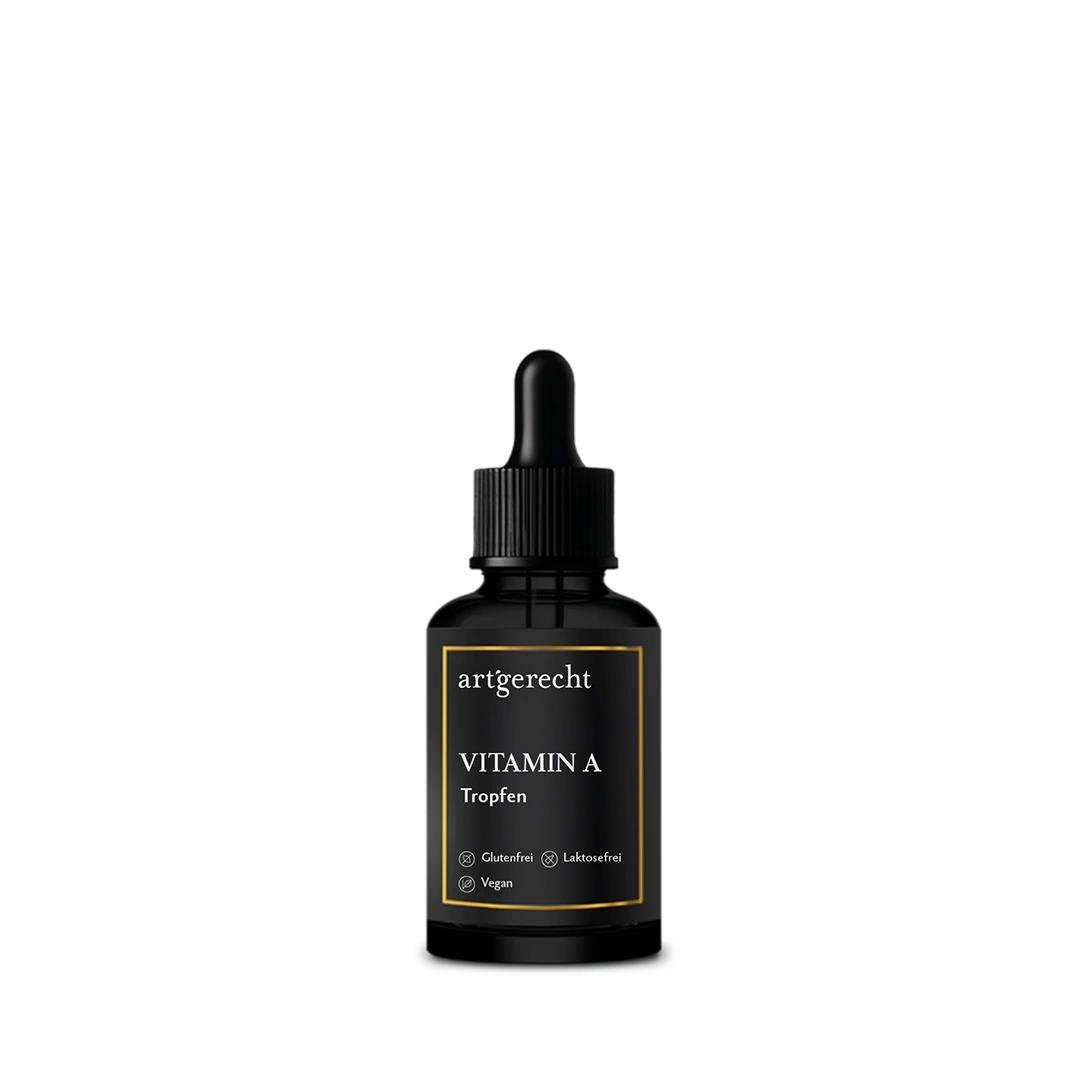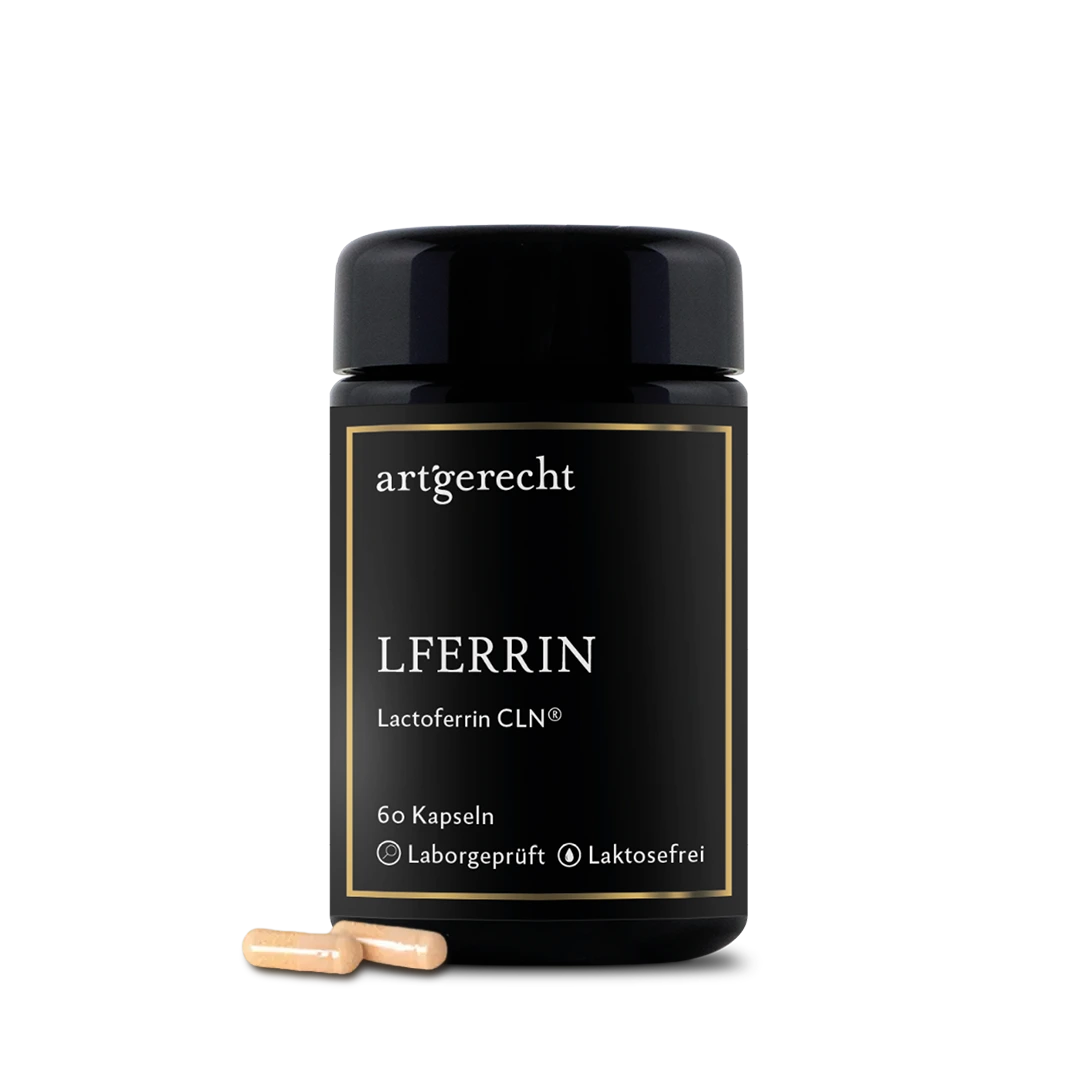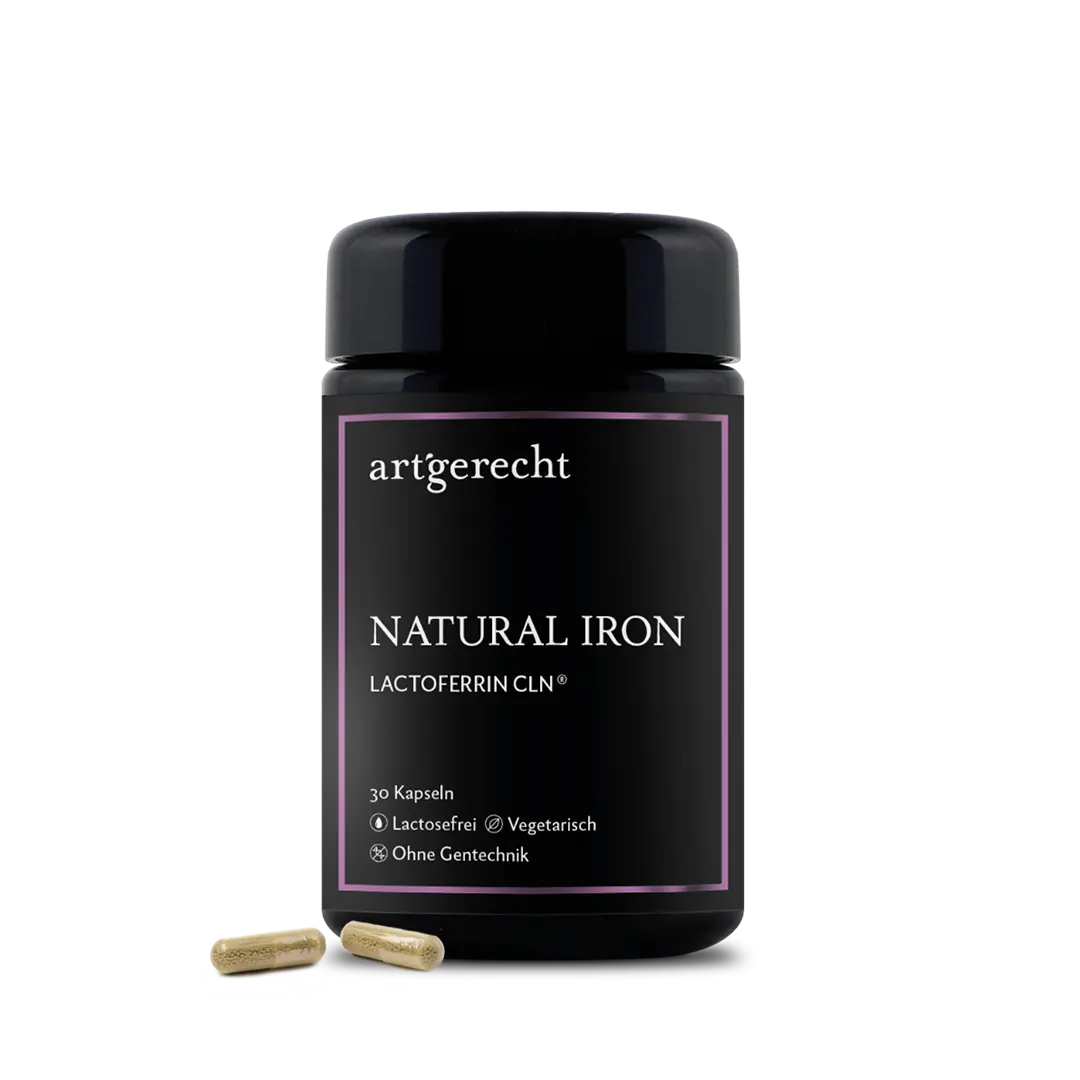What is the veganuary?
Since 2014, the non-profit organization Veganuary has been inspiring people around the world to try a vegan diet in January and beyond. Millions have since taken part, and over 2,100 new vegan products and menu options were introduced in 2024 alone. A vegan lifestyle offers numerous benefits: it protects the environment, helps in the fight against climate change, reduces animal suffering and promotes health. Veganuary supports both private individuals and companies in mastering the transition to a plant-based diet - in January as a starting point and ideally beyond [1].
Potential deficiency symptoms within the framework of a vegan diet
The topic of potential deficiency symptoms in the context of a vegan diet has already been addressed by many different authors. In their systematic review, Bakaloudi et al. came to the conclusion that protein intake is often lower with a vegan diet compared to other diets. In addition, a vegan lifestyle is associated with a lower intake of certain micronutrients such as vitamin B2, niacin (B3), B12, D, iodine, zinc, calcium, potassium and selenium. The supply of vitamin B12 can be particularly critical, as vegans only consume an average of 0.24–0.49 μg per day. The calcium intake of most vegans is also below the recommended values at less than 750 mg per day. However, it was also shown that a vegan diet provides a good supply of vitamins such as A, B1, B6, C and E as well as minerals such as iron, phosphorus, magnesium, copper and folic acid. In addition, it is characterized by a low glycemic load [2]. The German Nutrition Society (DGE) has formulated a position paper on vegan nutrition based on current scientific literature. It points out that a purely plant-based diet can make it difficult or even impossible to obtain an adequate supply of certain nutrients. The intake of vitamin B12 can be particularly critical. The DGE also lists essential amino acids, long-chain omega-3 fatty acids, riboflavin, vitamin D and minerals such as calcium, iron, iodine, zinc and selenium as other potentially problematic nutrients [3].
Vitamin B12: Why it is important and how you can get it
Vitamin B12, or cobalamin, is an essential vitamin for humans that must be obtained from food [4]. A healthy adult can store around 2 to 3 mg of B12 in the liver, which is usually enough to cover a period of 1-2 years [5,6]. Vitamin B12 fulfills numerous biologically important functions and acts, among other things, as a cofactor for enzymes. These enzymes play a central role in metabolic processes such as the synthesis of neurotransmitters and DNA and RNA synthesis. Vitamin B12 is also involved in the catabolism of blood lipids (cholesterol), fatty acids and certain amino acids [4]. A central effect of these processes is the formation and maturation of red blood cells from their precursors (erythroblasts). Vitamin B12 also helps to maintain the myelin sheaths that surround the nerves and ensure their function [7,8]. The German Nutrition Society (DGE) recommends a daily intake of 4 mg of vitamin B12 to provide the body with an adequate supply of this essential nutrient (Table 1).
| Age | Vitamin B12 (µg/day) |
| Adolescents & adults 15 to >65 years | 4.0 |
| Pregnant women | 4.5 |
| Breastfeeding | 5.5 |
Table 1: Extract from estimated values for an adequate vitamin B12 intake, adapted from German Nutrition Society, Vitamin B12 (as of 26.09.2024) [9]
One way to cover your daily vitamin B12 requirement is B12 from artgerecht. It contains 280 µg of vitamin B12 per spray and can be used to supplement vegetarian and vegan diets in particular. The application is simple: one spray once a day on the oral mucosa. Thanks to the innovative TINYspehre® technology, bioavailability can be improved by a factor of 5.
Omega-3 fatty acids: plant sources and meeting requirements
The human body can produce saturated and monounsaturated fatty acids itself, but not long-chain, polyunsaturated fatty acids such as the essential omega-3 and omega-6 fatty acids. The omega-6 fatty acids are characterized by pro-inflammatory and pro-thrombotic properties. The omega-3 fatty acids include in particular eicosapentaenoic acid (EPA) and docosahexaenoic acid (DHA). The importance of omega-3 fatty acids for health has become clear through the observation of symptoms and diseases in the event of an inadequate supply. Long-chain omega-3 fatty acids such as EPA and DHA contribute significantly to the prevention and treatment of cardiovascular disease, high blood pressure, autoimmune diseases and certain eye conditions. Fatty fish such as salmon and tuna as well as fish oil are among the main sources of the omega-3 fatty acids EPA and DHA. The American Heart Association recommends eating two servings of fish per week for people with no history of coronary heart disease. Fish is characterized in the human diet by a favorable ratio of omega-6 to omega-3 fatty acids, which ideally should not be greater than 5:1. As both fatty acid groups are dependent on the same enzymes in the human metabolism, an excess of omega-6 fatty acids can impair the positive effects of the long-chain omega-3 fatty acids. The increased consumption of plants with a high omega-6 content (such as corn, safflower and sunflower oil) and meat from animals fed on omega-6-rich cereals has significantly altered the ratio of omega-6 to omega-3 fatty acids in the diet. While it was estimated to be 1:1 in the early human diet, it is now around 10:1 in the typical modern Western diet [10,11].
If your intake of omega-3 fatty acids is insufficient, for example if you do not eat fish, OMEGA 3 VEGAN from artgerecht is an ideal supplement to your diet. The capsules provide 550 mg of omega-3 fatty acids, including 350 mg EPA and 150 mg DHA, which were obtained using a gentle extraction process and therefore have a high level of ingredient purity. The ingredients EPA and DHA were obtained exclusively from high-quality algae oil (PureAlgaeOmega3™).
Aminosäuren: Die Bausteine des Lebens auch vegan sichern
The human body needs 20 amino acids, 9 of which are essential and must be obtained from food. Plant sources of protein, with the exception of legumes, often contain fewer essential amino acids than animal foods such as meat, fish, eggs or dairy products. A combination of animal and vegetable protein would be ideal, as the amino acids complement each other and thus increase the biological value [12]. Compared to an animal-based diet, a vegan diet led to a decrease in plasma levels of ten amino acids within 48 hours;including all branched-chain amino acids (BCAAs, especially leucine and valine) and all essential amino acids (EAAs, especially leucine, valine, threonine, tryptophan, methionine and lysine) [13].
Alternatively, the supply of all essential amino acids, especially in a vegan diet, can also be supported with AMIN von artgerecht. The unique amino acid mix EVAA™ is characterized by its unique composition, which enables particularly rapid absorption. Some of the amino acids are already absorbed through the oral mucosa so that they are available to the body immediately after ingestion and can develop their effect quickly. AMIN (our amino acid complex) is an effective way of supplying the body with important nutrients and promoting the formation of proteins.
Sources
[1] https://veganuary.com/de/uber-uns/uber-veganuary/ last accessed on 18.12.2024 at 16:49
[2] Bakaloudi, D. R., Halloran, A., Rippin, H. L., Oikonomidou, A. C., Dardavesis, T. I., Williams, J., … & Chourdakis, M. (2021). Intake and adequacy of the vegan diet. A systematic review of the evidence. Clinical nutrition, 40(5), 3503-3521.
.[3] Richter, M., Boeing, H., Grünewald-Funk, D., Heseker, H., Kroke, A., Leschik-Bonnet, E., & Watzl, B. (2016). Vegan diet. Position of the German nutrition society (DGE). Ernahrungs umschau, 63(04), 92-102.
.[4] Gille D, Schmid A. Vitamin B12 in meat and dairy products. Nutr Rev.
[5] Rassow et al: Duale Reihe Biochemie. 5th edition Thieme 2022, ISBN: 978-3-132-20014-2
[6] Temova Rakuša Ž, Roškar R, Hickey N, Geremia S. Vitamin B12 in Foods, Food Supplements, and Medicines-A Review of Its Role and Properties with a Focus on Its Stability. Molecules. 2022 Dec 28;28(1):240. doi: 10.3390/molecules28010240. PMID: 36615431; PMCID: PMC9822362.
[7] Koury MJ, Ponka P. New insights into erythropoiesis: the roles of folate, vitamin B12, and iron. Annu Rev Nutr. 2004;24:105-131. doi:10.1146/annurev.nutr.24.012003.132306
[8] Baltrusch S. The Role of Neurotropic B Vitamins in Nerve Regeneration. Biomed Res Int. 2021;2021:9968228. published 2021 Jul 13. doi:10.1155/2021/9968228
[9] German Nutrition Society, Vitamin B12 [as of 20.12.2024]. Available at: https://www.dge.de/gesunde-ernaehrung/faq/vitamin-b12/#c3451
[10] Brandt, P. (2008). What is it about the long-chain omega-3 fatty acids? Journal for Consumer Protection and Food Safety, 3, 11-14.
.[11] Covington, M. B. (2004). Omega-3 fatty acids. American family physician, 70(1), 133-140.
.[12] März, H., & Sigusch, B. W. (2021). Current aspects of vegan nutrition. ZWR-Das Deutsche Zahnärzteblatt, 130(09), 388-394.
.[13] Draper CF, Vassallo I, Di Cara A, et al. A 48-hour vegan diet challenge in
healthy women and men induces a BRANCH-chain amino acid related, health
associated, metabolic signature. Mol Nutr Food Res 2018; 62:; https://
doi.org/10.1002/mnfr.201700703.

